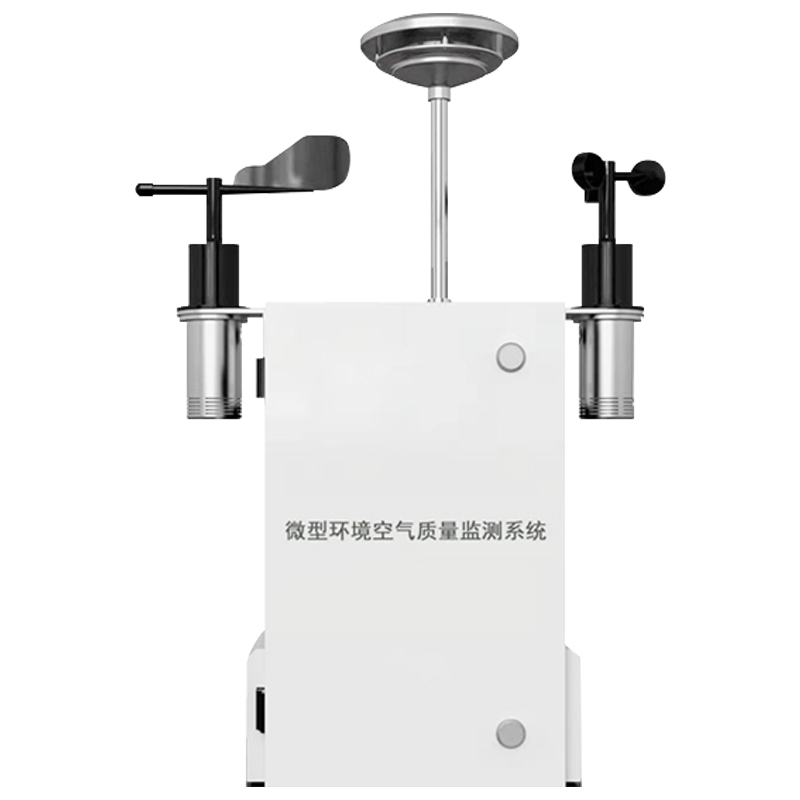Tianqiong Sensor IOT Technology Co., Ltd
Sales Manager:Ms. Emily Wang
Cel,Whatsapp,Wechat:+86 15898932201
Email:info@fengtutec.com
Add:No. 155 Optoelectronic Industry Accelerator, Gaoxin District, Weifang, Shandong, China

Sales Manager:Ms. Emily Wang
Cel,Whatsapp,Wechat:+86 15898932201
Email:info@fengtutec.com
Add:No. 155 Optoelectronic Industry Accelerator, Gaoxin District, Weifang, Shandong, China
time:2025-08-15 08:53:28 source:Weather Station viewed:223 time
The Atmospheric Environment Monitoring System serves as a monitoring unit in grid-based monitoring systems. It adopts a miniaturized design enabled by sensor technology, capable of flexibly detecting one or more of various pollutant parameters, including PM10, PM2.5, SO2, NO2, CO, O3, and TVOC. This provides a foundation for precise environmental monitoring.
To address diverse practical monitoring needs, such monitoring stations have been refined into multiple types of specialized monitoring devices based on their basic functions:
Miniature 6-parameter monitoring stations: These can simultaneously monitor 6 conventional pollutant parameters, meeting the requirements for comprehensive environmental monitoring.
Miniature particulate matter monitoring stations: Focused on detecting PM10 or PM2.5, they enable accurate measurement of particulate pollution levels.
Miniature TVOC monitoring stations: Designed for specialized monitoring of total volatile organic compounds (TVOC), they provide data support for targeted pollution control efforts.
These monitoring stations utilize sensor detection methods such as light scattering, electrochemistry, metal oxide, or photoionization. They not only feature low costs but also compact sizes—a characteristic that allows for large-scale grid-based deployment. In practical applications, staff scientifically combine and deploy multiple types of miniature stations according to the pollution characteristics of a specific area, forming an all-round, gap-free monitoring network that continuously transmits real-time air quality data to the overall system.
The grid-based monitoring system for atmospheric pollution prevention is composed of three core units: monitoring units, quality control units, and data processing & analysis units.
The quality control unit is crucial for ensuring data quality. The equipment it is equipped with strictly adheres to detection methods specified in relevant standards and norms.
The data processing & analysis unit acts as the system’s data hub. It is responsible for receiving and storing all monitoring data, as well as performing calculations, analysis, and management of the data. By in-depth exploration of pollution patterns hidden behind the data, it provides strong data support for pollution source tracing and prevention/control decision-making, contributing to more efficient atmospheric pollution prevention and control.

The Negative Oxygen Ion Monitoring System is a monitoring framework built on professional technologies, with its core technical architecture integrating sensing technology and IoT communication technology. The sensor employs a universal capacitive detection principle to measure the concentration of...
A cleanroom is a sealed space where parameters such as air cleanliness, temperature, humidity, and pressure are strictly controlled. It is widely used in industries with harsh environmental requirements, such as electronics, pharmaceuticals, healthcare, and biotechnology. Through special air purific...
Micrometeorology is an important branch of meteorology that studies the physical processes and phenomena in the near-surface atmosphere, typically within a range of a few meters to tens of meters above the Earth's surface. Unlike traditional meteorology that focuses on large-scale weather patter...
Environmental monitoring centers play a crucial role in atmospheric environment monitoring, responding to sudden environmental incidents, and providing data support for environmental protection decision - making. A portable and powerful mobile weather station is of great significance for improving i...